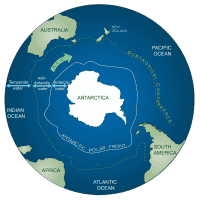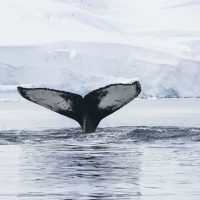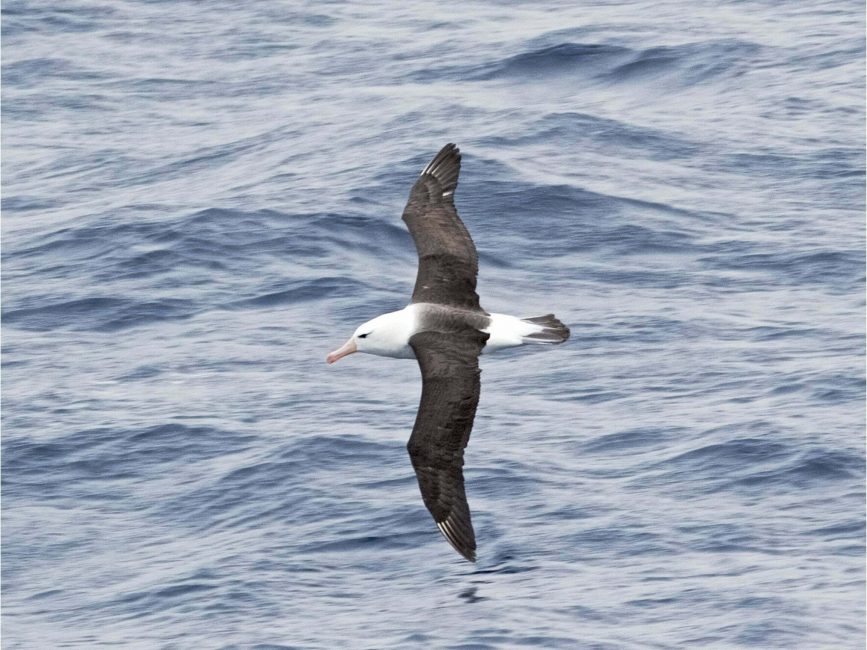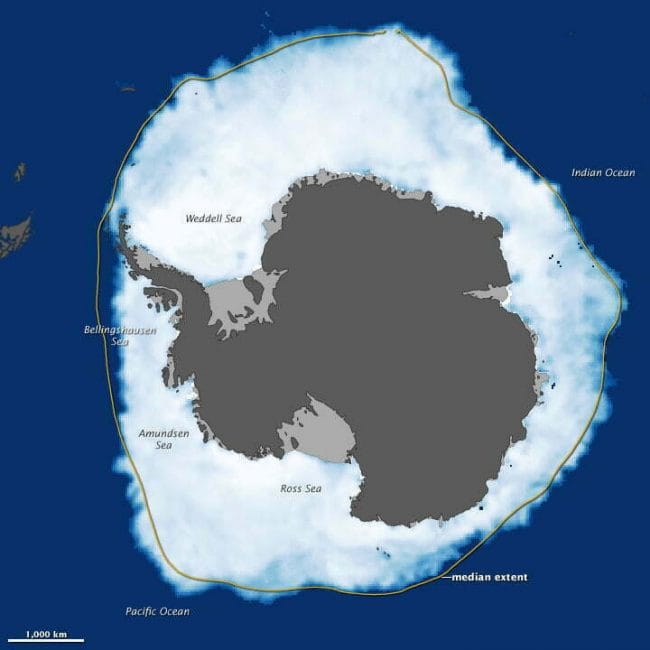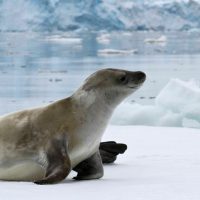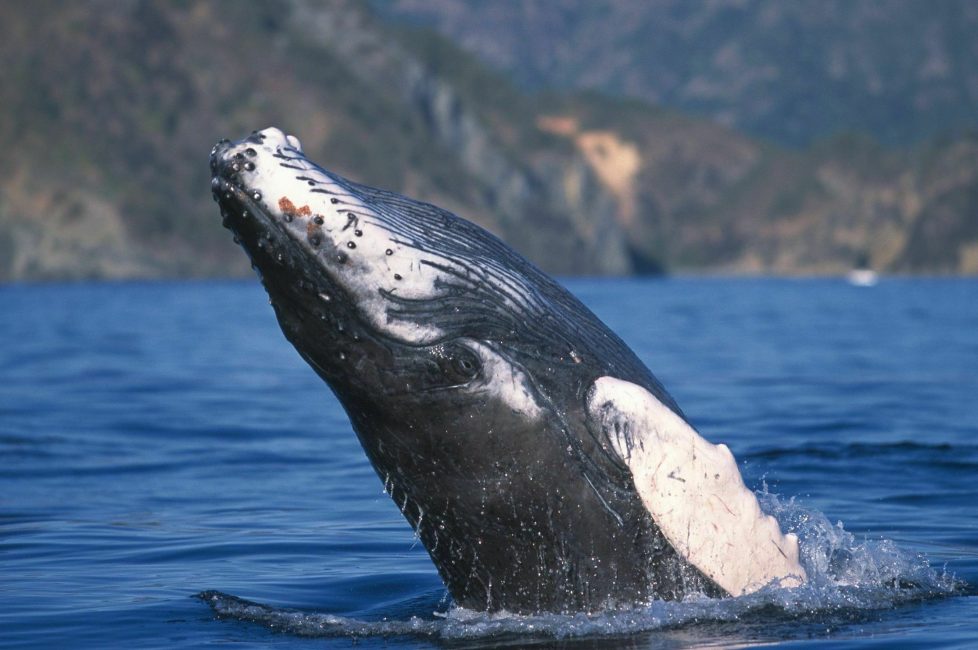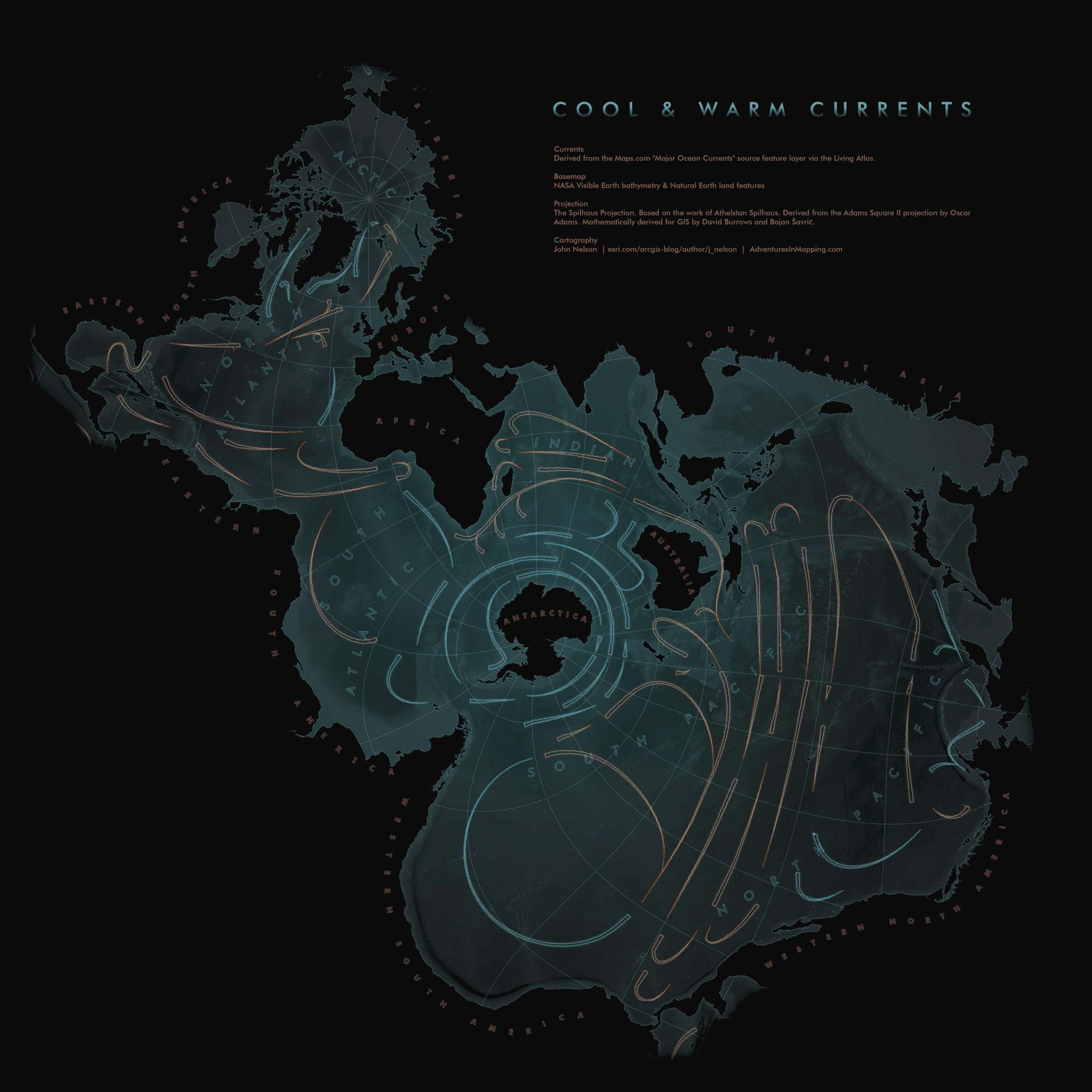
WELCOME TO THE SOUTHERN OCEAN
One global ocean
The ocean covers almost three quarters of our planet. While many of us think of the ocean as several separate bodies of water, there is only one global ocean. The global ocean is made up of five major ocean basins. Some water flows between them, and they all meet at the Southern Ocean.
Image credit: John Nelson
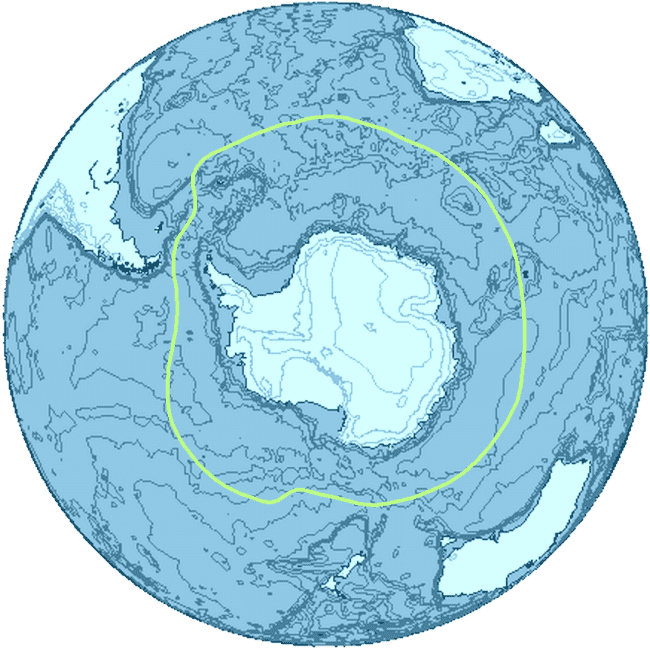
The Southern Ocean
Introduction
The Southern Ocean (also known as the Antarctic Ocean) is one of the five great ocean basins on Earth. It was formed around 34 million years ago when Antarctica and South America drifted apart, creating the Drake Passage. This makes it the youngest ocean basin on earth.
Today, it is the only ocean that flows around the globe uninterrupted by land, encircling Antarctica like a moat.
As the primary mixing zone between the world’s major oceans, the Southern Ocean plays an important role in the circulation of water around the globe. It also plays a key role in regulating the earth’s climate through its currents, seasonal sea ice and by absorbing heat and carbon dioxide from the atmosphere.

The Antarctic convergence
WHERE OCEANS MEET
Around the northern limit of the Southern Ocean there is a natural, biological boundary called the Antarctic Convergence, or Polar Front.
North of the convergence, the water temperature near the surface sits at around 42.1°F (5.6 °C), ideal for marine species adapted to the subantarctic climate. South of the convergence, the water temperature drops dramatically to below 36 °F (2 °C), creating the perfect conditions for uniquely Antarctic wildlife to flourish.
Ocean oasis
WHERE OCEANS MEET
North of the Convergence the Southern Ocean meets the south Atlantic, Indian and Pacific Oceans. Here, the cold waters of the Southern Ocean mingle with the relatively warmer waters of the oceans to the north. Cold water from the south meets warmer water from the north, and because cold water is heavier, it sinks below.
South of the Antarctic convergence there is also a zone of wind-driven upwelling, where water rises from the depths bringing nutrients to the surface. These nutrients act as a fertilizer for the ocean, and when they’re combined with sunlight, marine life flourishes. This makes the Antarctic convergence an area of great productivity, providing nourishment for a diversity of albatross, petrels and other seabirds.

Fluid borders
WHERE OCEANS MEET
The exact location of the Antarctic convergence is difficult to pin down, as its watery boundaries are constantly in motion. It is between 20 and 30 miles (32 -48 km) wide, and ranges between roughly 45 and 60 degrees south. It tends to move seasonally, shifting north in the winter and south in the summer.
Although the convergence is always moving, the Commission for the Conservation of Antarctic Marine Living Resources (CCAMLR), which is responsible for the conservation of living species in the Southern Ocean, has defined its boundaries to help them regulate activities in these waters. The CAMLR Convention Area follows, as closely as possible, the biological limit of the Antarctic convergence.
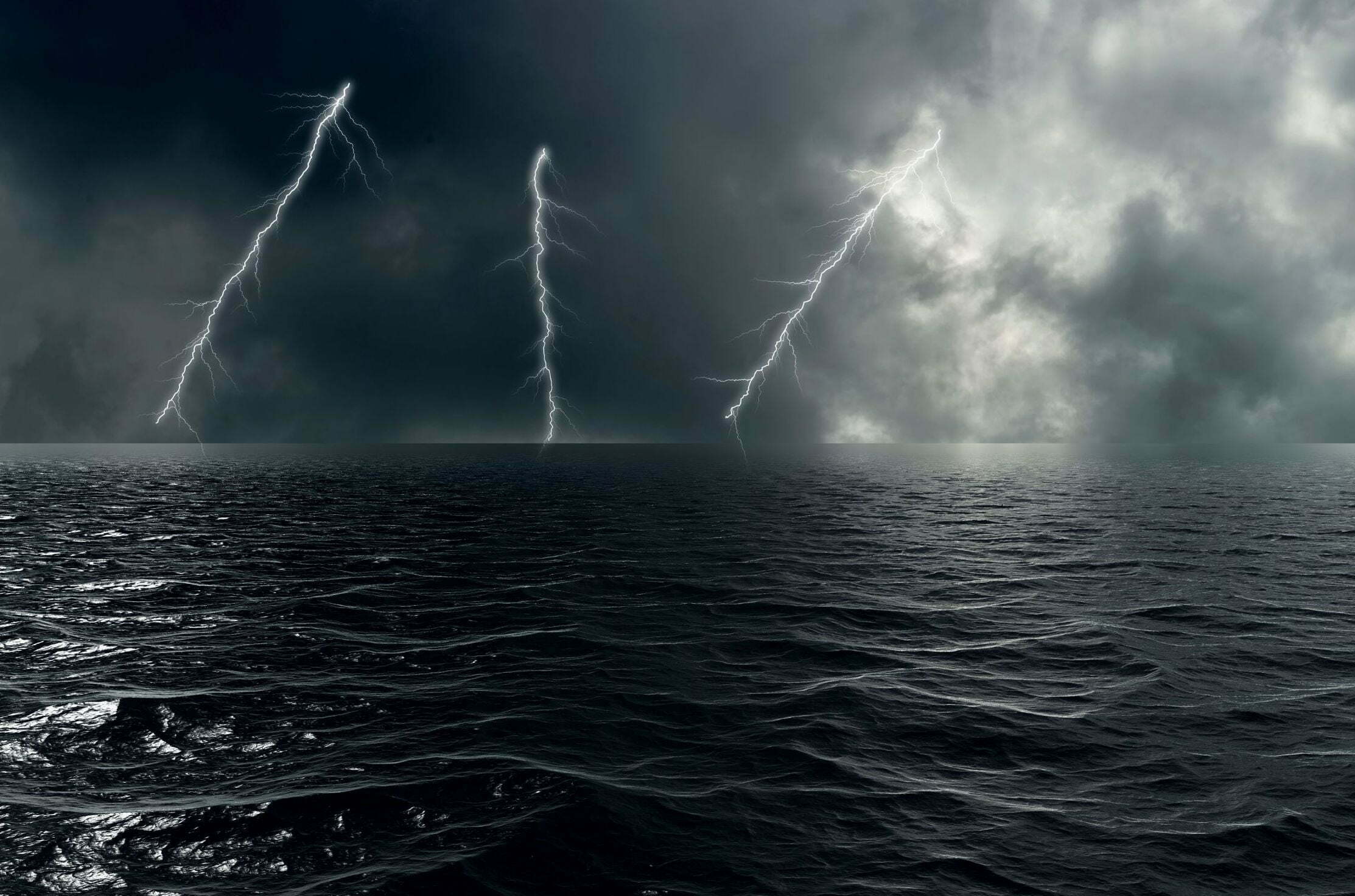
CIRCULATION AND TRANSFORMATION
Extreme conditions
The Southern Ocean is known for its strong winds, intense storms, dramatic seasonal changes and cold temperatures. Each of these factors plays a role in the many important processes that occur in this part of the ocean, and help regulate the global climate.
Strong currents
THE SOUTHERN OCEAN
The Southern Ocean is dominated by the Antarctic Circumpolar Current (ACC): the longest, strongest, deepest-reaching current on earth. The ACC circulates clockwise around the continent, carrying more water around the globe than any other current. Learn more.
Frozen ocean
Each winter, Antarctica experiences one of the most remarkable seasonal changes on our planet. As temperatures plummet, the Southern Ocean freezes into a fringe of sea ice, almost doubling the size of Antarctica. Antarctica’s winter sea ice covers around 11 million miles (18 million sq.km), around twice the size of the United States of America. Learn more.

SUPPORTING LIFE
Abundant ecosystems
Virtually all the wildlife we associate with Antarctica, from tiny krill to the massive Antarctic blue whale, rely on the ocean and ice for their survival.
Image credit: NASA Goddard
One of the most productive ecosystems on earth
THE SOUTHERN OCEAN
Powerful currents, cold temperatures and nutrient and oxygen-rich waters make the Southern Ocean one of the most productive marine ecosystems on Earth. In summer billions of microscopic algae (phytoplankton) proliferate, spreading into blooms large enough to be seen from space. These single-celled marine plants provide nourishment for small invertebrates, shellfish, and Antarctic krill (Euphausia superba).
Antarctic krill are a keystone species within the Antarctic ecosystem. Grazing on the abundant algae of the Southern Ocean, hundreds of trillions of individual krill drift through the water column each summer. Like phytoplankton, their enormous swarms can be seen as pinkish patches from space. These small, shrimp-like crustaceans form the basis of many Antarctic marine animals’ diets, including penguins, seals and whales.
KEEP LEARNING
Related reading
Scientific consultation: Bea Pena-Molino, physical oceanographer in the Climate Science Centre (Ocean & Atmosphere) at the Commonwealth Scientific and Industrial Research Organisation (CSIRO).
Now that you’ve learned about the Southern Ocean, read on to learn more about extraordinary Antarctica.
 ASOC
ASOC
